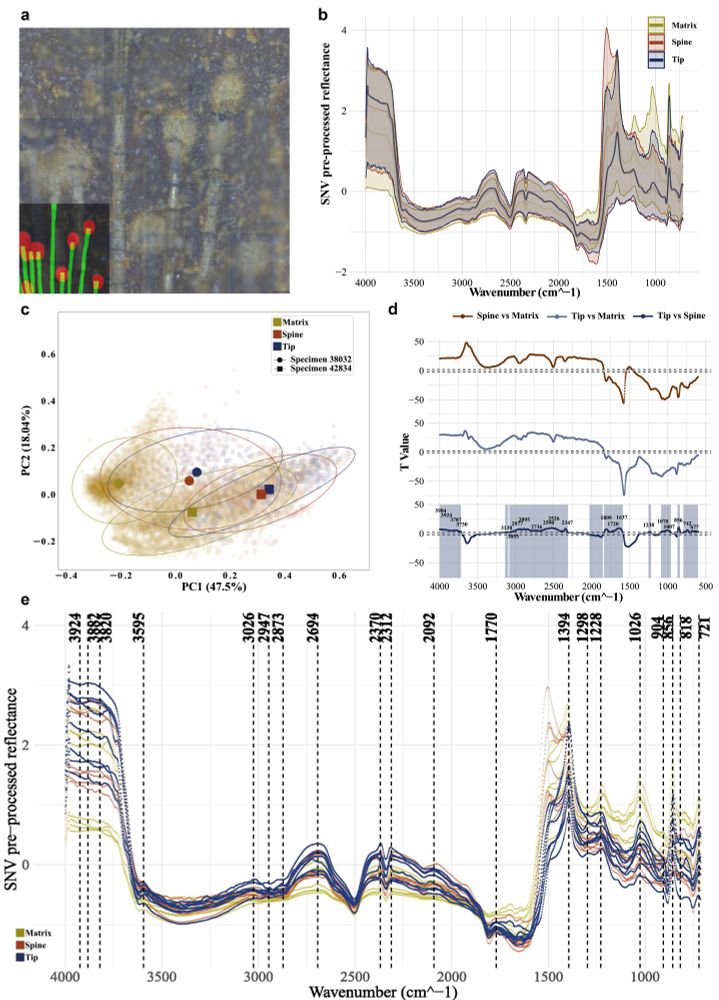
There is no other lobopodian quite like it.

There is no other lobopodian quite like it.
These armoured papillae gave its back a rough, pebbly appearance.

These armoured papillae gave its back a rough, pebbly appearance.




Poisonous lobopodians have been speculated on before, but this is the first solid proof.

Poisonous lobopodians have been speculated on before, but this is the first solid proof.

